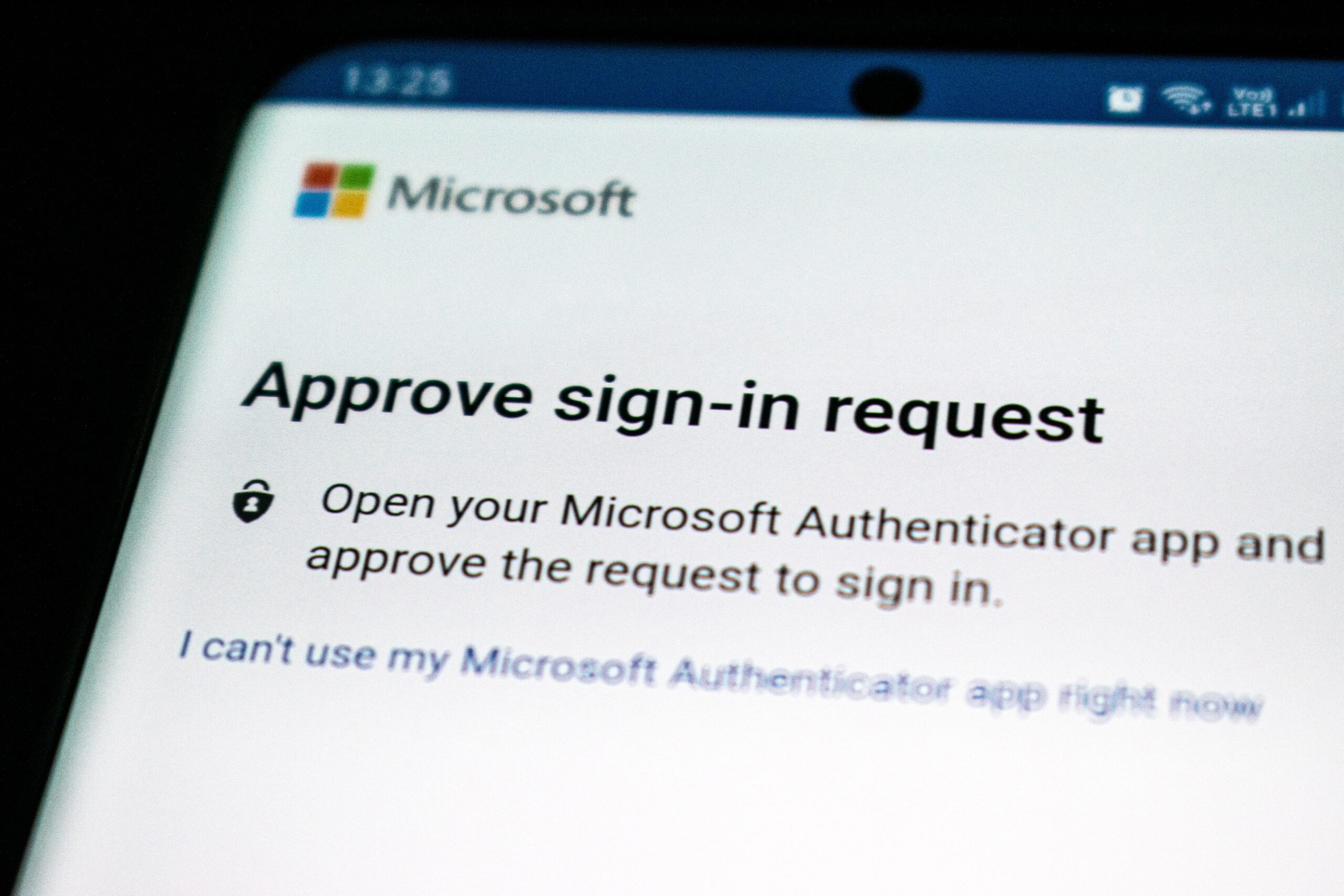How to Secure Your Online Accounts with Two-Factor Authentication

In an era dominated by digital interactions, the security of our online accounts has become a paramount concern. Cyber threats, ranging from phishing attacks to data breaches, constantly jeopardize the safety of our personal information. One powerful tool in the arsenal of online security is Two-Factor Authentication (2FA). This article delves into the importance of 2FA and provides a comprehensive guide on how to implement it to safeguard your online accounts effectively.
Understanding Two-Factor Authentication (2FA)
Two-Factor Authentication is an additional layer of security designed to ensure that people trying to gain access to an online account are who they say they are. Traditional authentication methods typically rely on a single factor – usually a password. 2FA adds an extra layer, requiring users to provide a second piece of evidence to verify their identity. This could be in the form of a code sent to a mobile device, a fingerprint scan, or a security key.
Importance of Two-Factor Authentication
- Enhanced Security:
- By requiring a second form of authentication, 2FA significantly enhances the security of your online accounts. Even if a hacker manages to obtain your password, they would still need the second factor to gain access.
- Mitigating Password Vulnerabilities:
- Passwords are susceptible to various attacks, including brute force, phishing, and credential stuffing. 2FA acts as a robust defense mechanism, mitigating the risks associated with compromised passwords.
- Protection Against Phishing:
- Phishing attacks often trick users into revealing their passwords. With 2FA, even if a user falls victim to a phishing scheme and provides their password, the attacker would still need the second factor to access the account.
How to Enable Two-Factor Authentication
Implementing 2FA varies across different platforms, but the fundamental process is quite similar. Here’s a general guide:
- Choose Your Second Factor:
- Common second factors include:
- Text Message Codes: A code sent to your mobile device.
- Authentication Apps: Such as Google Authenticator or Authy.
- Biometric Verification: Fingerprint or facial recognition.
- Security Keys: Physical devices that plug into your computer or connect wirelessly.
- Common second factors include:
- Enable 2FA on Your Accounts:
- Log in to your account and navigate to the security settings.
- Look for the 2FA or Multi-Factor Authentication section.
- Follow the instructions to enable 2FA, selecting your chosen second factor.
- Backup Codes:
- Some platforms provide backup codes in case you lose access to your primary 2FA method. Store these codes in a secure location.
- Secure Your Recovery Options:
- Ensure that the recovery options for your account are up-to-date. This includes providing a secondary email address or phone number.
Best Practices for Two-Factor Authentication:
- Diversify 2FA Methods:
- Whenever possible, use a combination of 2FA methods for added security.
- Regularly Review Connected Devices:
- Periodically review and revoke access for devices connected to your accounts. This ensures that only authorized devices can access your accounts.
- Educate Yourself:
- Stay informed about the latest 2FA methods and security best practices.
- Use a Password Manager:
- Consider using a password manager to generate and store complex, unique passwords for each of your accounts.
Conclusion
As the digital landscape continues to evolve, the need for robust online security measures becomes increasingly critical. Two-Factor Authentication stands as a formidable defense against unauthorized access, providing an additional layer of protection for your valuable online accounts. By understanding its importance and following the outlined steps, you can significantly enhance the security of your digital presence in an increasingly interconnected world.




